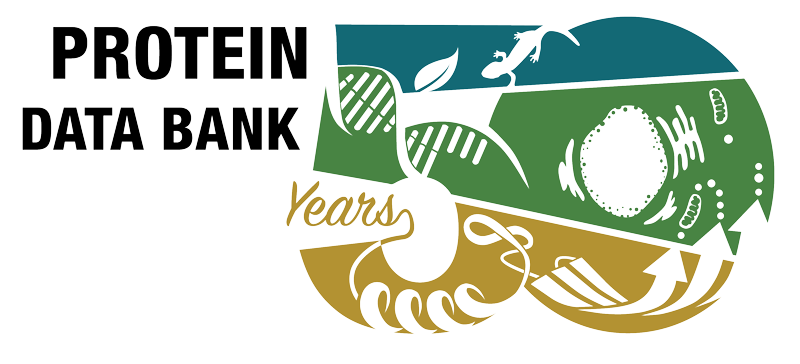Abstract
Background
Cyanogenesis is a defense process of several thousand plant species. Hydroxynitrile lyase, a key enzyme of this process, cleaves a cyanohydrin into hydrocyanic acid and the corresponding aldehyde or ketone. The reverse reaction constitutes an important tool in biocatalysis. Different classes of hydroxynitrile lyases have convergently evolved from FAD-dependent oxidoreductases, alpha/beta hydrolases, and alcohol dehydrogenases. The FAD-dependent hydroxynitrile lyases (FAD-HNLs) carry a flavin cofactor whose redox properties appear to be unimportant for catalysis.
Results
We have determined the crystal structure of a 61 kDa hydroxynitrile lyase isoenzyme from Prunus amygdalus (PaHNL1) to 1.5 A resolution. Clear electron density originating from four glycosylation sites could be observed. As concerns the overall protein fold including the FAD cofactor, PaHNL1 belongs to the family of GMC oxidoreductases. The active site for the HNL reaction is probably at a very similar position as the active sites in homologous oxidases.
Conclusion
There is strong evidence from the structure and the reaction product that FAD-dependent hydroxynitrile lyases have evolved from an aryl alcohol oxidizing precursor. Since key residues implicated in oxidoreductase activity are also present in PaHNL1, it is not obvious why this enzyme shows no oxidase activity. Similarly, features proposed to be relevant for hydroxy-nitrile lyase activity in other hydroxynitrile lyases, i.e., a general base and a positive charge to stabilize the cyanide, are not obviously present in the putative active site of PaHNL1. Therefore, the reason for its HNL activity is far from being well understood at this point.



 PMID:
PMID: 